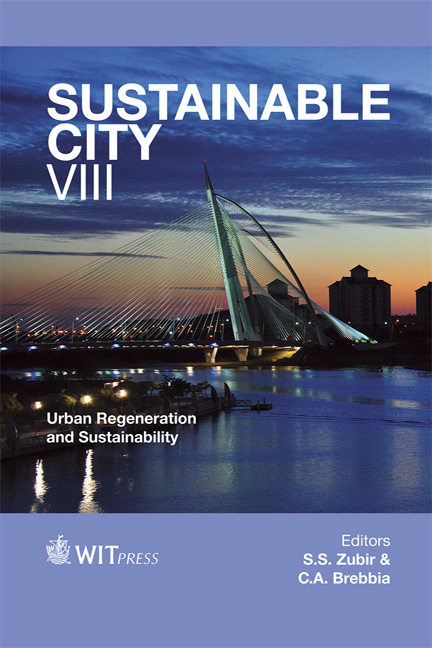Open Spaces Increase The Quality Of Built Up Areas
Price
Free (open access)
Transaction
Volume
179
Pages
14
Page Range
423 - 436
Published
2013
Size
1708 kb
Paper DOI
10.2495/SC130361
Copyright
WIT Press
Author(s)
K. Lestan, M. Golobič, I. Eržen & B. Goličnik Marušić
Abstract
Spatial planning in Slovenia was significantly influenced by the political and economic changes in the beginning of 1990s. The switch to open market economy caused a rather substantial negligence of common interests and communal values. A new paradigm of values immerged in physical space mostly through the actions of investors. This paper examines the problem in the context of new collective housing complexes built in Ljubljana, which, in comparison to the older residential estates, demonstrate a much higher building density, and a lot lower quality and quantity of adjacent open spaces. Green areas are essential for increasing life quality of all residents, especially children and the elderly, who depend on the proximity of well-designed open spaces in their living surroundings. Our research explores how size and equipment of open spaces influence the ways in which they are used. Qualitative and quantitative analyses of open space design in residential estates, performed by evaluating selected urban design indicators, have been followed by an experimental method of observations and behavioural mapping in open spaces within a selected residential estate. Keywords: residential estate, housing complex, quality of life, vulnerable user groups, health, planning, urban green areas.
Keywords
Keywords: residential estate, housing complex, quality of life, vulnerable usergroups, health, planning, urban green areas.





